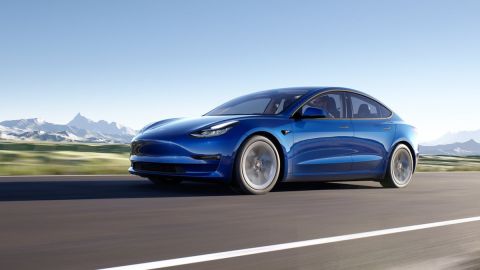Tesla's next-generation EVs to roll off Texas assembly line, not Mexico: Report
There is a significant shift in Tesla Motors’ plans as to where its next-generation electric vehicles (EVs) will be manufactured. Initially, the American electric car pioneer had plans to set up a new gigafactory in Mexico for producing its next-generation EVs, but that has reportedly changed now. According to emerging reports, the EV giant’s initial plan to produce its future EVs in Mexico posed a big challenge as the company’s top engineers are reluctant to relocate to the Southern North American country to oversee the manufacturing process.
Walter Isaacson, who authored Elon Musk’s biography, which has been published by Axios, pointed out that having the engineering team on-site is unquestionably crucial for the success of the plans, but convincing everyone to move to Mexico to work on the company’s next-generation vehicles seemed just unfeasible.
In response to that challenge, Tesla decided earlier this year to change its strategy and it opted to produce its planned future vehicles in Austin, Texas. Now, the company is preparing to carry out development and initial production of its battery-powered vehicles at the Giga Texas factory. Once the various processes of production are fine-tuned and perfected, the company will use the in other locations also, possibly including Mexico.
It was in early March this year, when Tesla’s announcement of a ground-breaking ceremony for the Mexican plant sent ripples through the automotive industry. The company unveiled plans for the construction of a state-of-the-art EV production plant in the Santa Catarina municipality near the Monterrey, Nuevo Leon area of the Southern North American country. The project, which was eagerly anticipated by both investors and EV enthusiasts, was initially set to start construction before the end of this summer.
As per available information, the sprawling facility, once completed, will span approximately 4,200 acres and boast a colossal initial investment of $5 billion, generating jobs for as many as 5,000 people. The project's long-term vision envisions a whopping $10 billion investment, which would generate employment opportunities for up to 10,000 individuals.
The aforementioned change in direction and shift in the plans also sheds light on why construction of the Giga Mexico has not been started thus far. While reports point to delays in permit issues, the delay is likely also connected to the company’s revised plans and change in manufacturing strategy.
